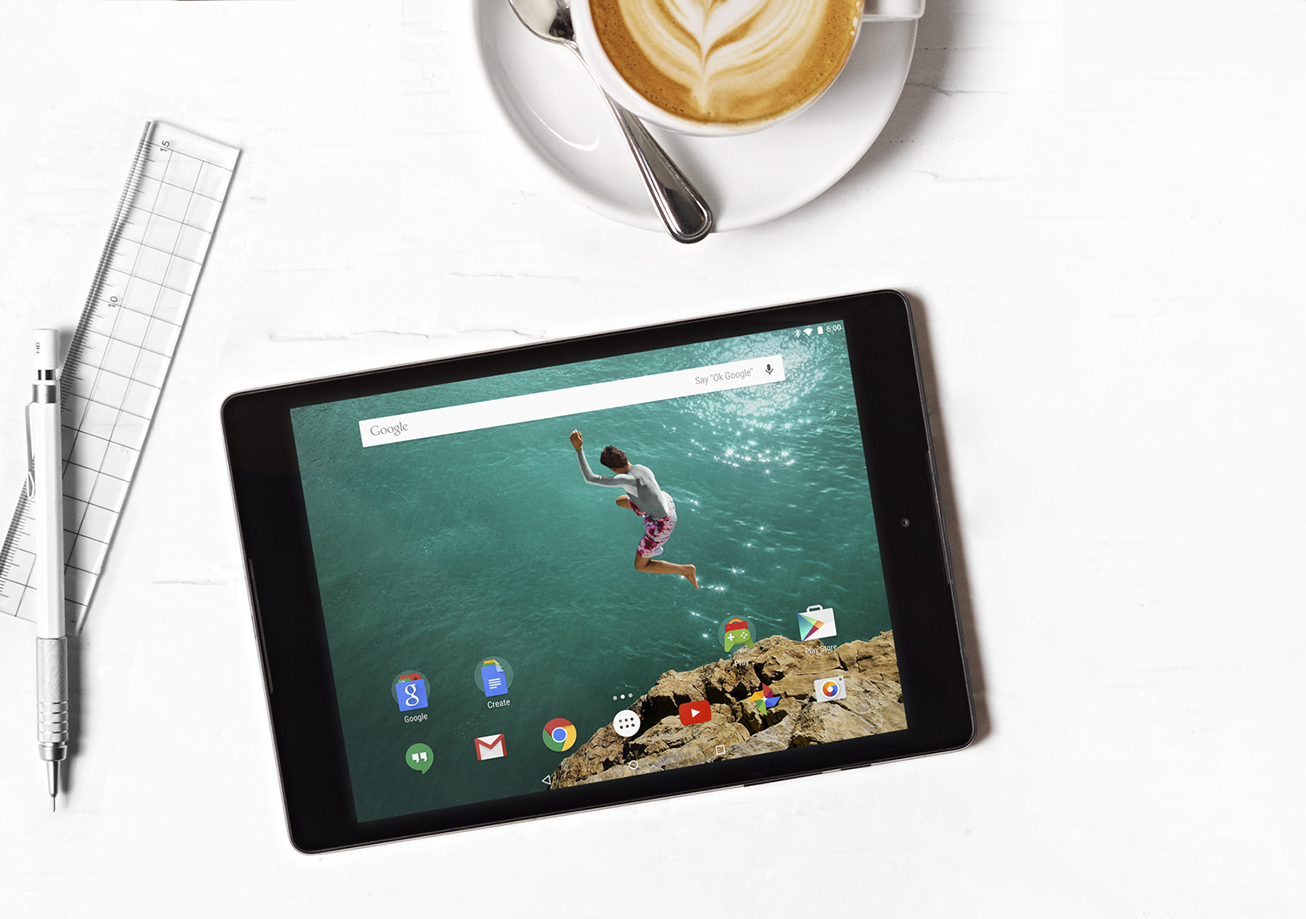
- 2 Min Read / Blog / 3.2.2020

After Apple introduced its iPad in 2010, many Android manufacturers began building tablets for Google’s platform to match it. Motorola released its ill-fated Xoom, Samsung pumped out early iterations of its still-thriving Galaxy Tab lineup, and even Amazon threw its hat into the ring with a forked version of Android running on its Kindle Fire. These attempts were wide-ranging and scattershot in their quality—manufacturers repurposed OS interface elements intended for 4 or 5 inches and stretched them to accommodate ever-expanding 10-inch displays. Google had to rein in the Android experience on tablets, and it took a cue from its early efforts with Nexus smartphones to do it.
First, the company got its software house in order. Android 3.0 Honeycomb arrived in 2011 with a revised interface for the tablet form factor exclusively. The version provided tablet-specific interface elements and brought the first incarnation of Android’s on-screen System Bar—the ubiquitous “back,” “home,” and “multitasking” icons that Android screens have gradually imported from physical buttons on smartphones. Honeycomb was quickly usurped by October 2011’s 4.0 Ice Cream Sandwich, which consolidated tablet and mobile Android versions under one chocolate-and-vanilla banner. But Google’s intentions with Android on tablets was clear, and their investment in the form factor was only beginning.
In early 2012, Google launched the Nexus 7, a smaller tablet designed to showcase the company’s new Google Play media offerings like games and magazines. The device’s low price point and impressive feature set helped it become one of the best-selling tablets that year, putting up adoption numbers to rival even Apple’s iPad 2 and third-generation “new iPad.” Nexus had grown beyond the smartphone, and now Google could deliver its optimized Android experience across form factors, inspiring a new generation of Android OEM tablet aspirants. In November of that same year, Google introduced its Nexus 10, a high-powered Android tablet more directly matching the dimensions of the platform’s Cupertino rival. When Apple announced the 7.9-inch iPad mini in October, the stage was set: both iOS and Android had flagship 7-inch and 10-inch tablets for customers to choose from, and their level of hardware quality and software polish made any choice a good one.
The Nexus products have long served as Google’s showcase for its vision of the future of Android, inspiring new ideas and perhaps imitation from its hardware partners shipping other Android flagships. The success of the first-generation Nexus 7 encouraged Google to introduce a slimmer second-generation model last year, further solidifying the company’s investment in Nexus tablets and bringing its hardware design language in line with its popular Nexus 5 handset. Since its introduction in 2012, however, the larger Nexus 10 tablet has remained largely unaltered—while it has received its share of Android updates well ahead of similar products from competitors, the tablet has maintained the same industrial design and hardware capabilities since its initial release with Android 4.2. This year, all of that is about to change.
Today, alongside the simultaneous announcements of its Nexus 6 handset and public availability of its next-generation Android Lollipop operating system, Google revamped its tablet offerings with an all-new Nexus 9 tablet. Replacing both last year’s Nexus 7 and the dated Nexus 10, the 9 boasts an HTC-manufactured soft-grip enclosure mirroring last year’s Nexus 5 design from LG. Coupled with an ultra-thin bezel and brushed metal accents, the tablet both honors and modernizes the Nexus brand’s design aesthetic from the past few years.
In addition to its sleek industrial design, the Nexus 9 features 802.11ac Wi-Fi and built-in quad-band GSM LTE capability, providing mind-numbingly quick internet connection speeds wherever users take it. What’s more, the tablet’s 64-bit processor takes advantage of new advancements in Android Lollipop to offer increased performance and speed for even the most taxing of processor tasks, like multimedia and gaming. Like the Nexus 6, its dual stereo speakers offer an audio experience to match HTC’s One smartphones, delivering a high-fidelity and high-impact music and audio experience for the content in Google’s expanding Play Store marketplace.
Google went all-in on the Nexus 9 tablet, replacing both its popular Nexus 7 and aging Nexus 10 products in one fell swoop. Unlike the company’s mobile lineup, which maintains the Nexus 5 as an entry-level option despite the brand-new and massive Nexus 6, Google fans seeking a stock Android user experience only have the 9 as their option. The tablet is no lightweight—its hardware specifications and camera capability put it at par or better than Apple’s existing iPad offerings—but third-party software availability for Android tablets remain a Google Play Store pain point.
Going into tomorrow’s iPad announcements from Cupertino, Google has positioned itself strongly with an Android tablet experience that takes full advantage of the company’s evolving Lollipop ecosystem. As the search giant’s mobile operating system matures, and as Android hardware partners continue to iterate their tablet offerings, the Nexus 9 offers the best glimpse yet into Google’s vision for Android on a slate form factor. It remains to be seen if the public will embrace Google’s 9 as they did the 7, but their choices are clear: if you don’t want an iPad, there’s simply no purer Android experience out there.